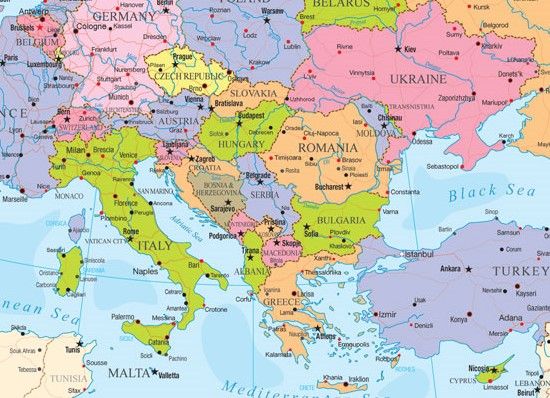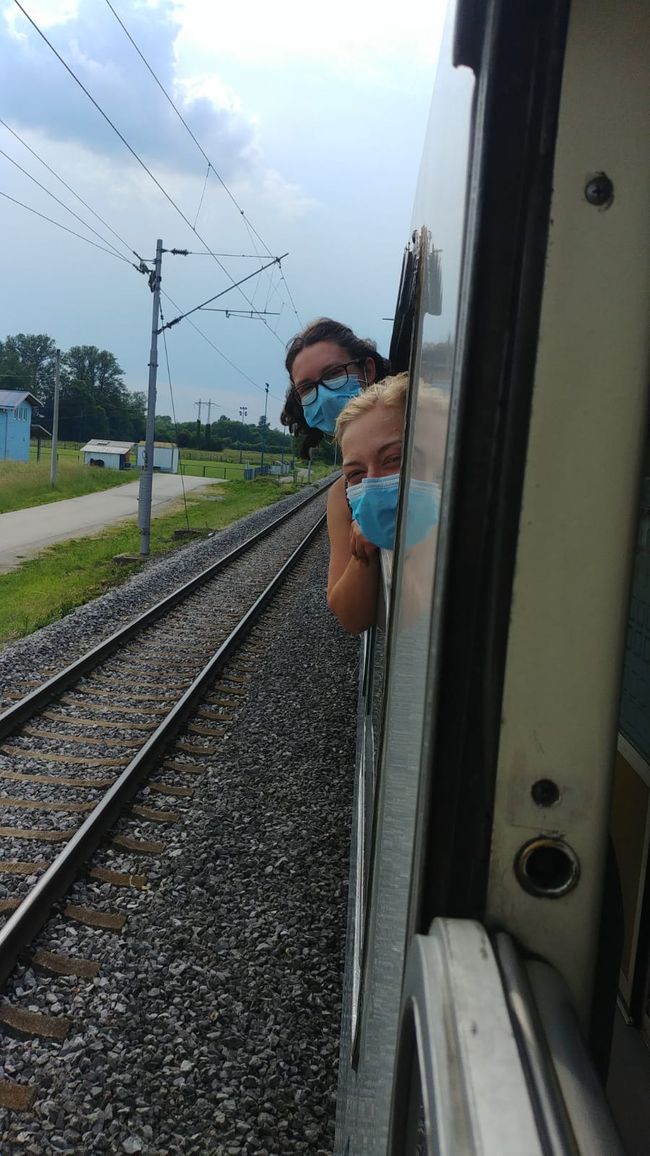
interrail-statt-transsib
vakantio.de/interrail-statt-transsib
Skopje - the capital of many statues (15th stop)
Ku kandziyisiwile: 13.07.2021
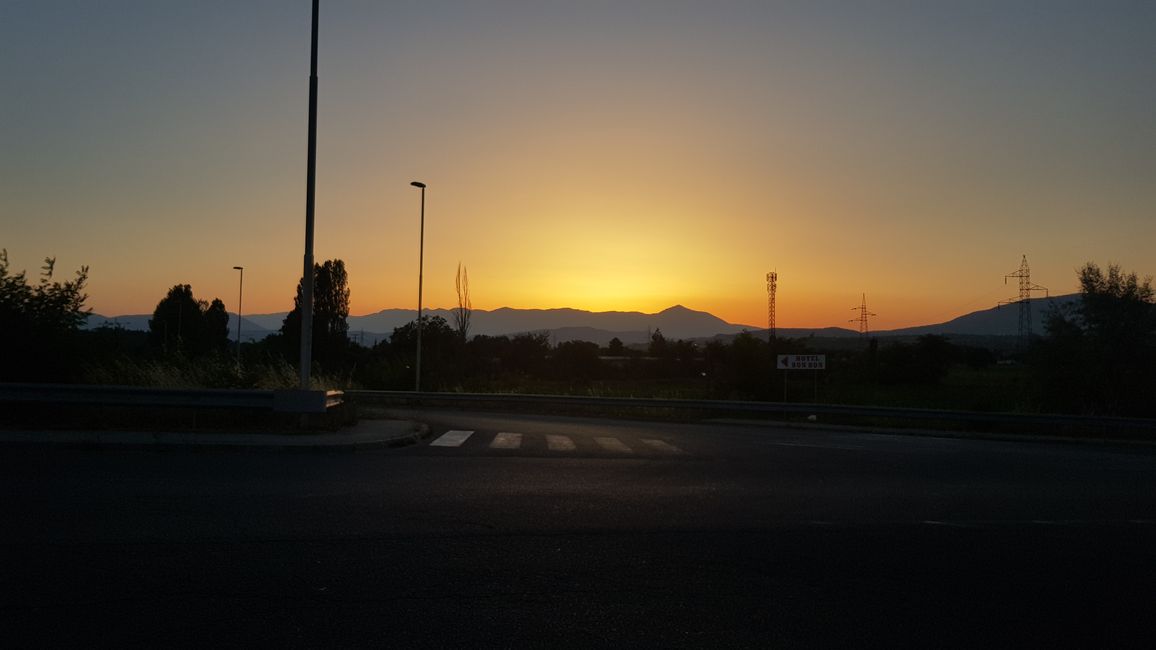
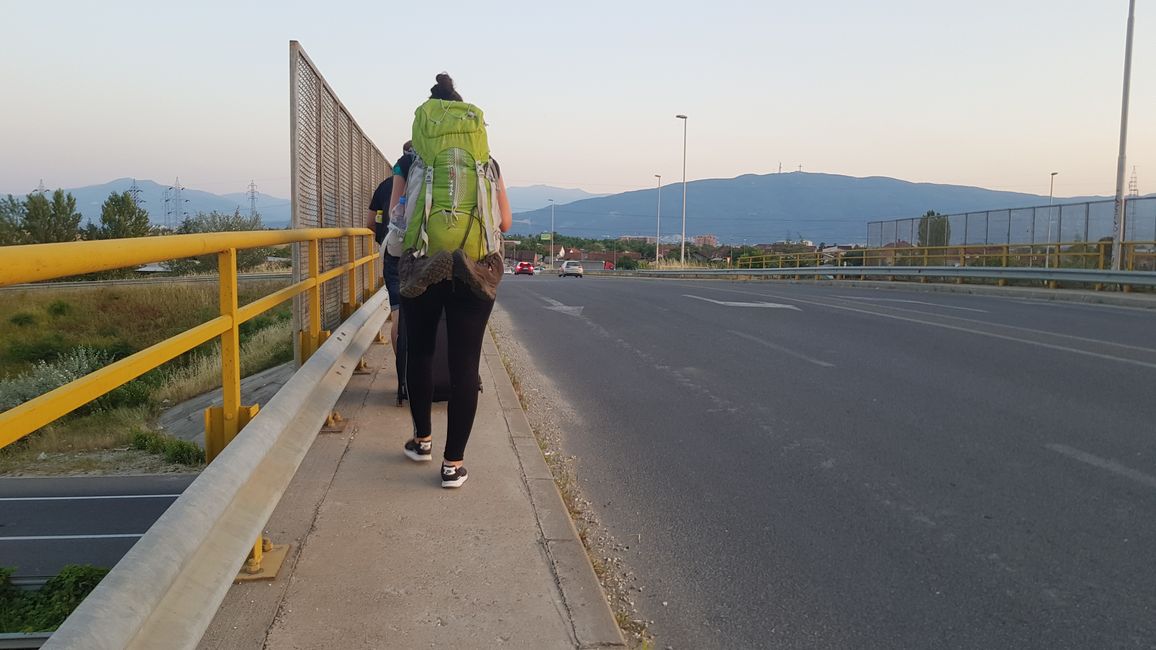
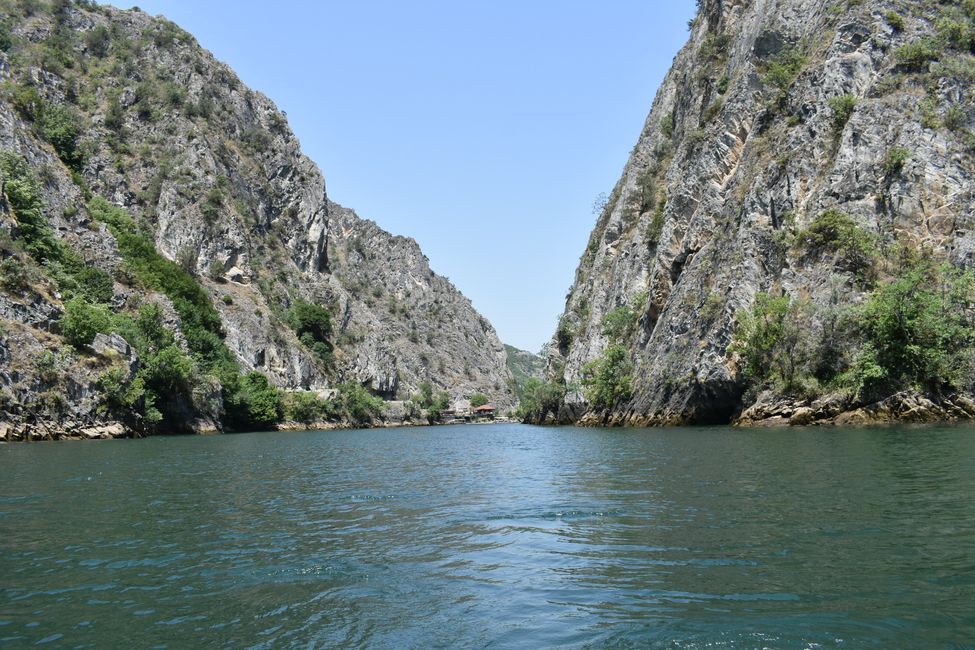
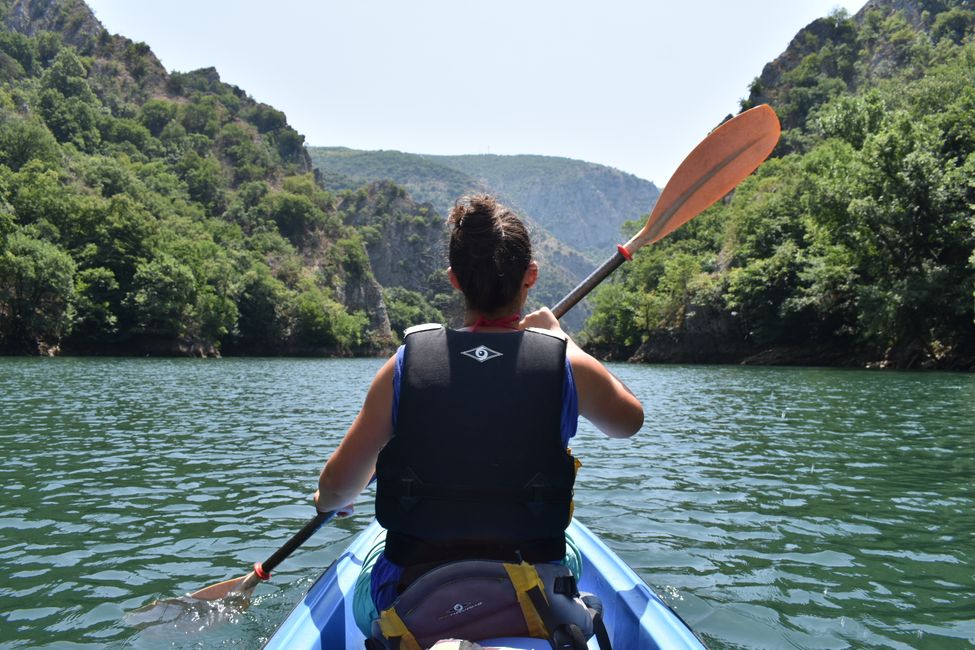
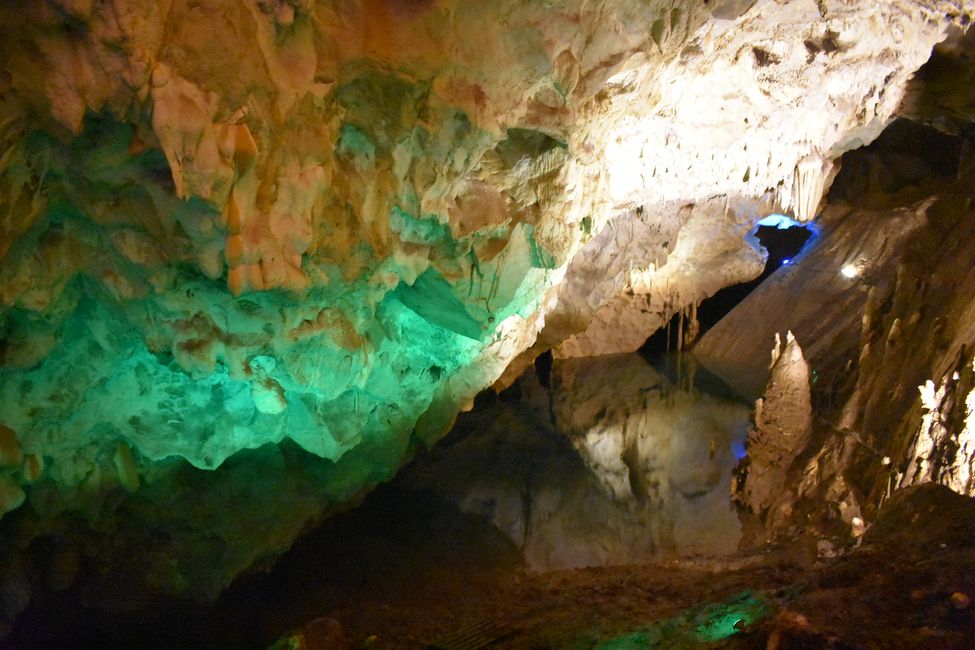
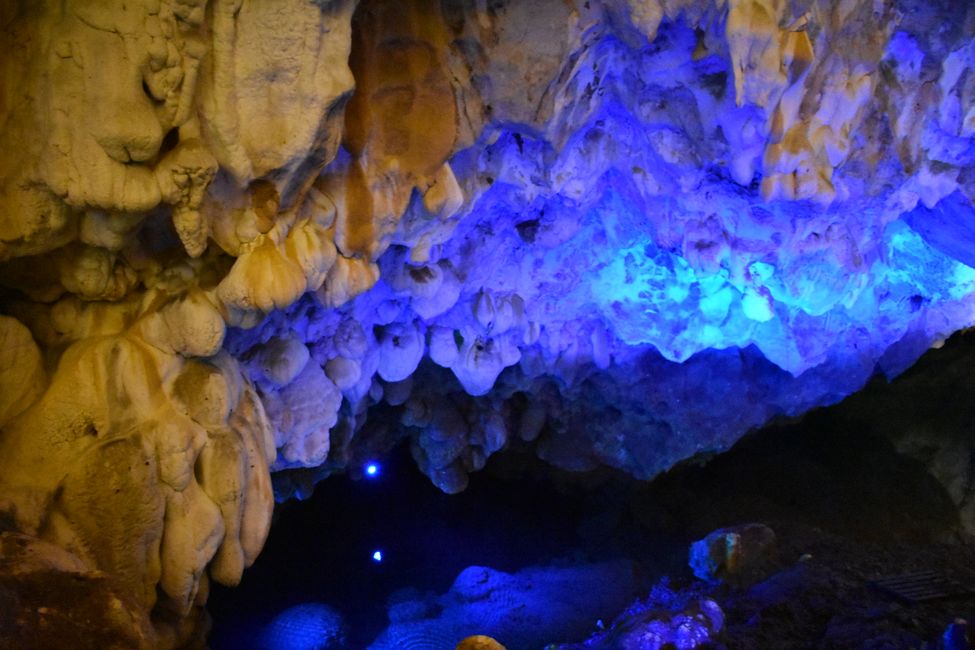
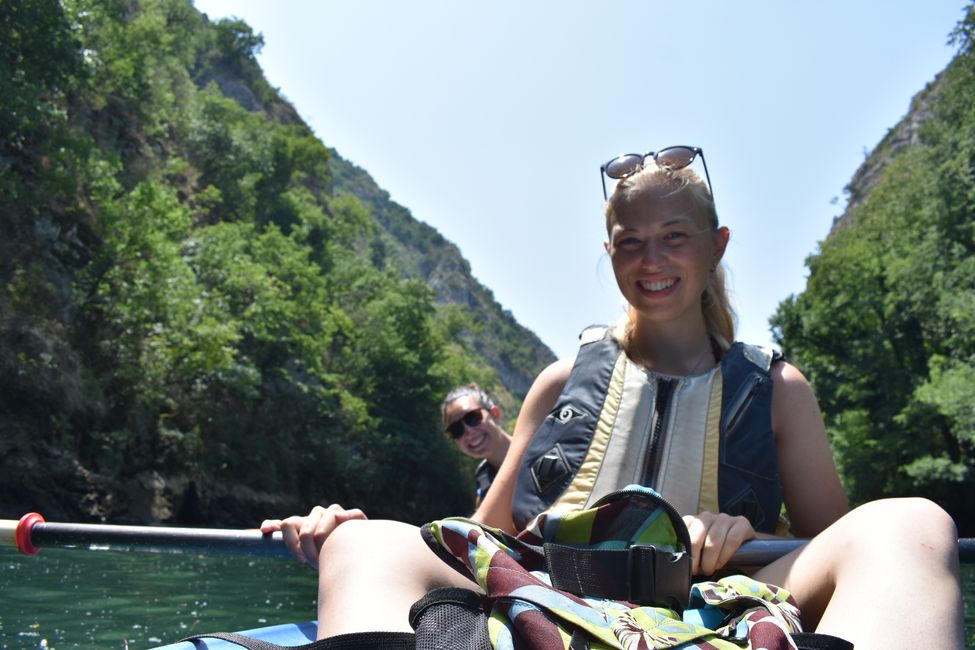
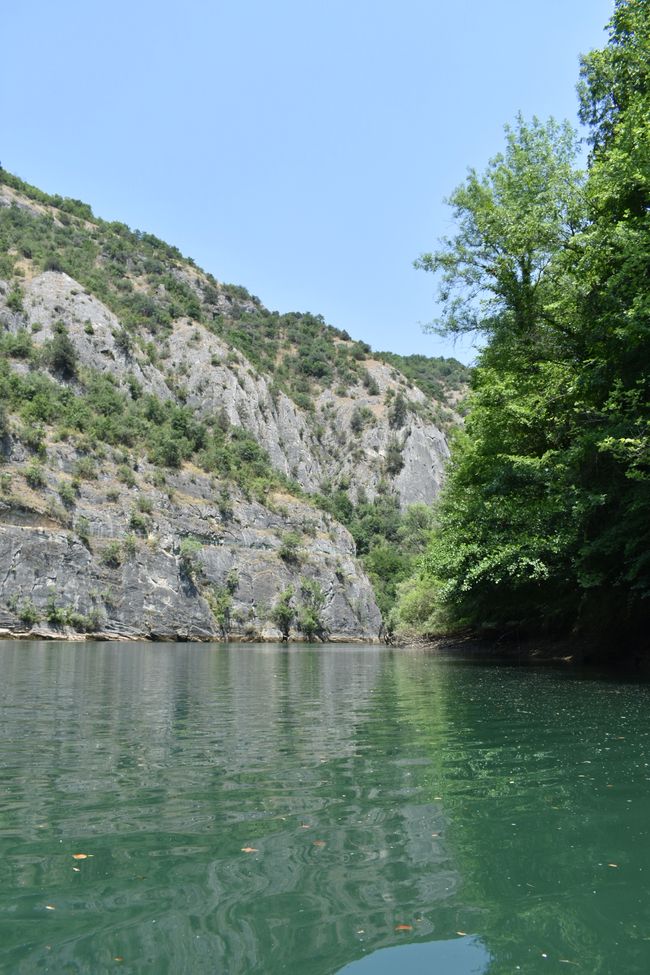
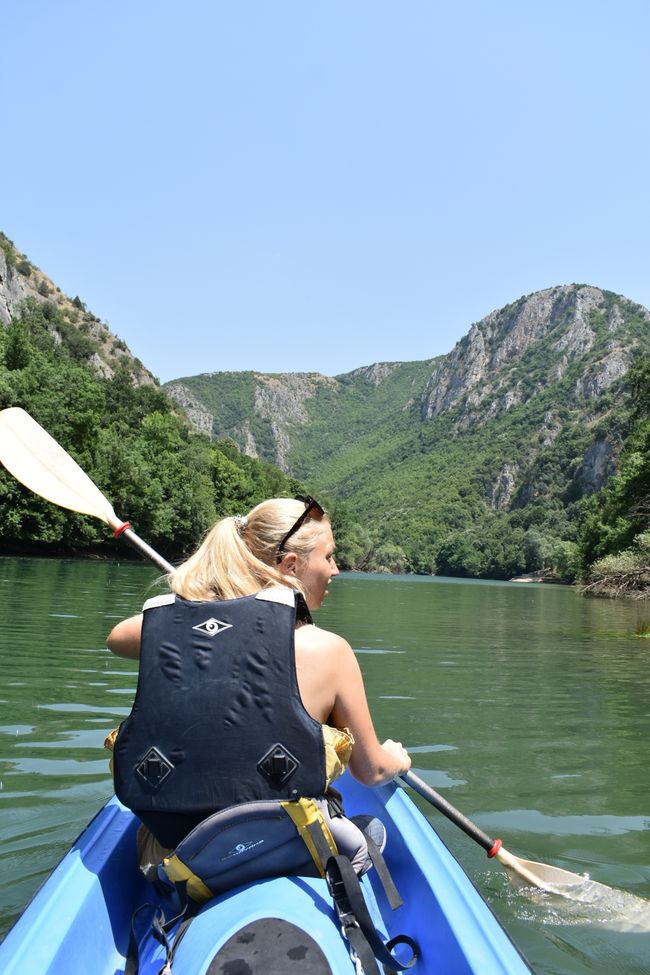
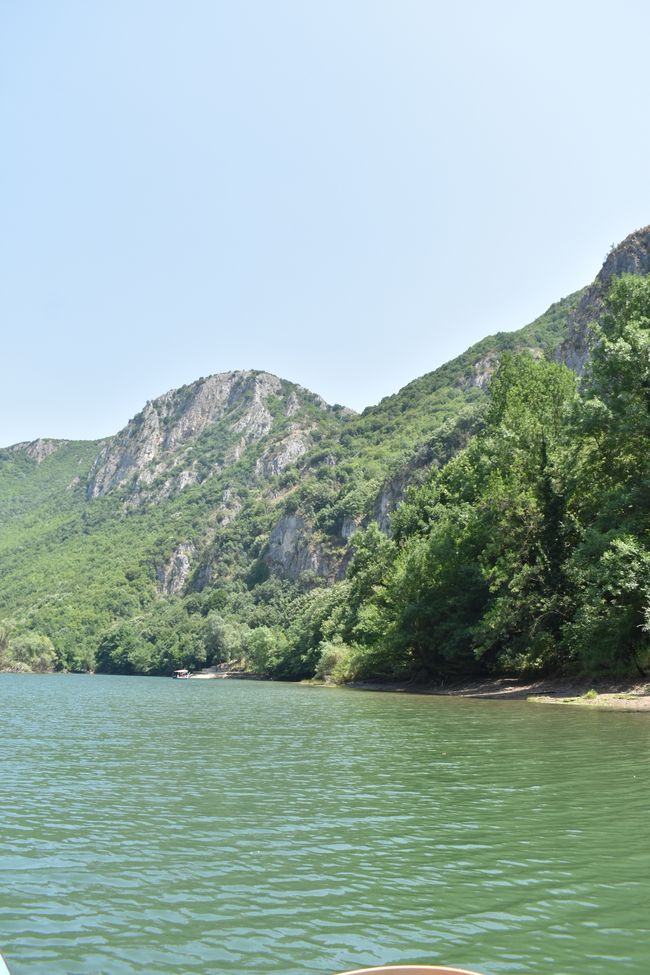
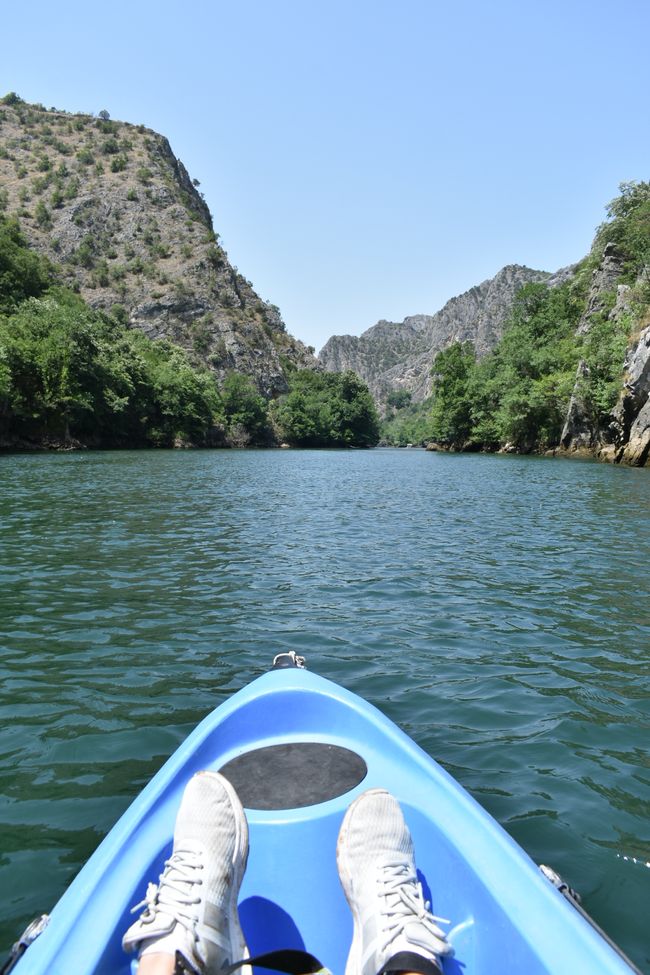
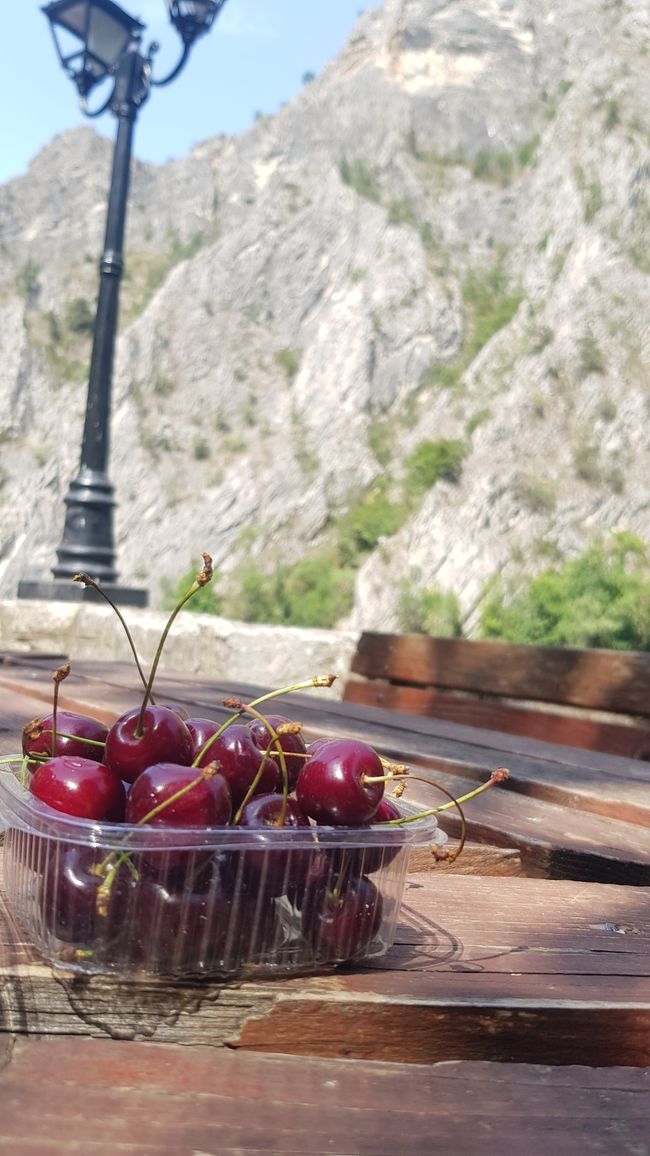
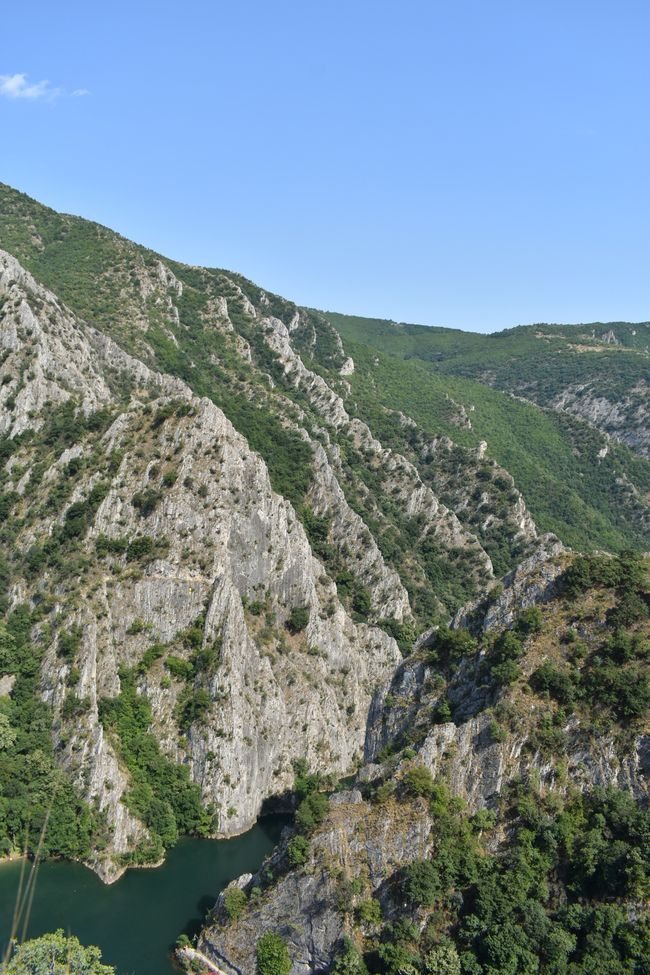
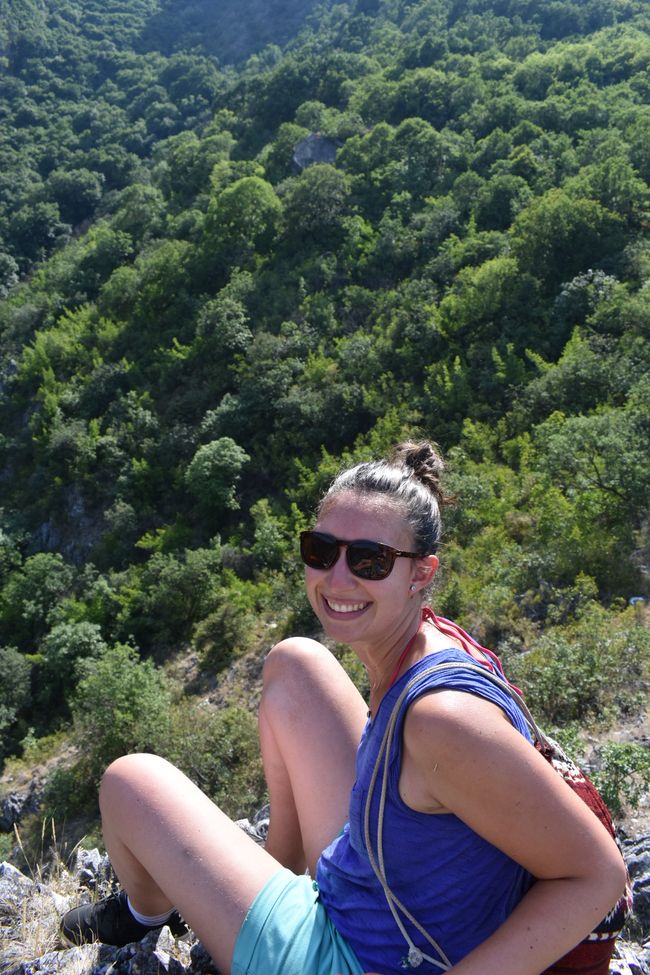
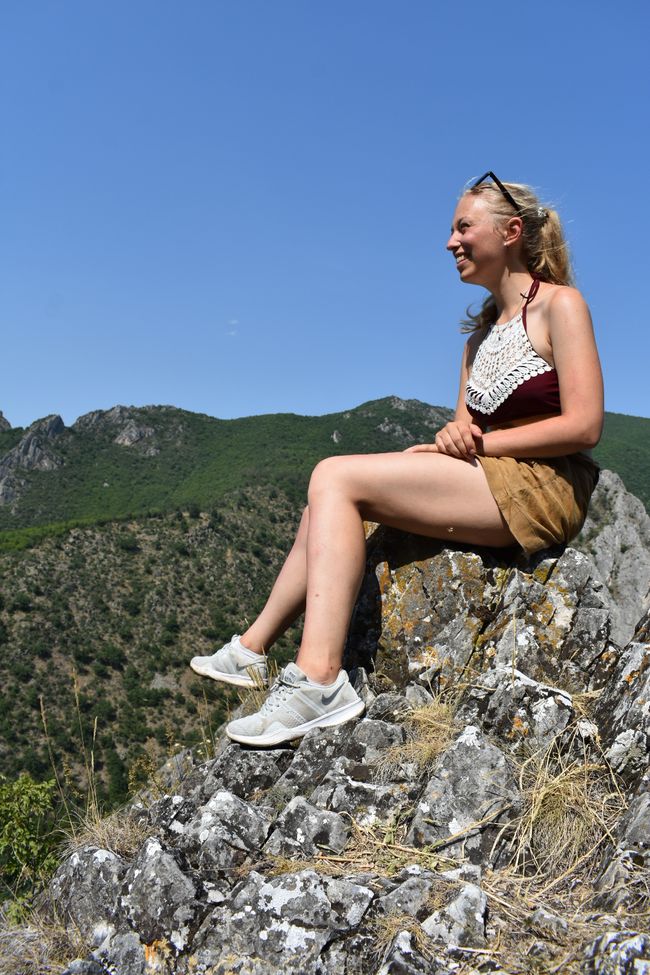
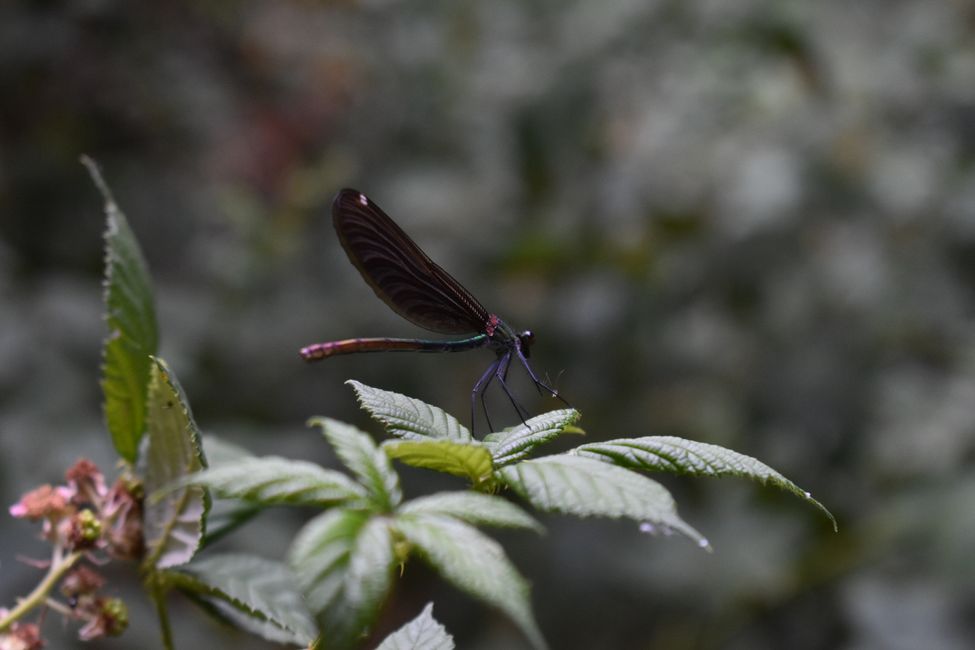
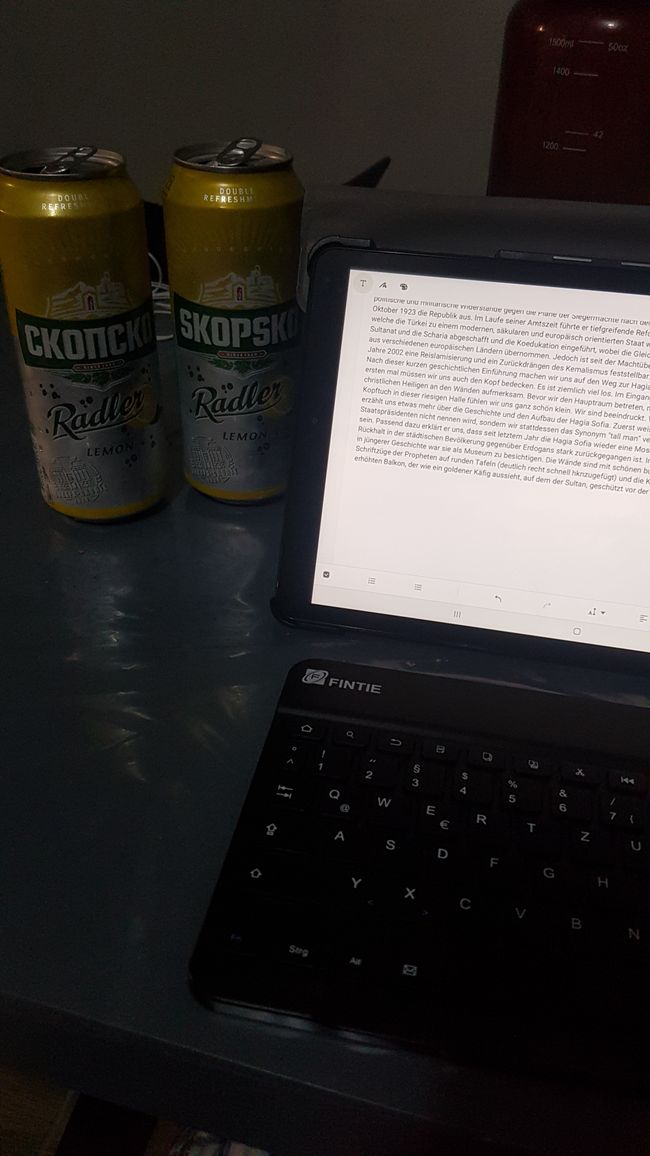
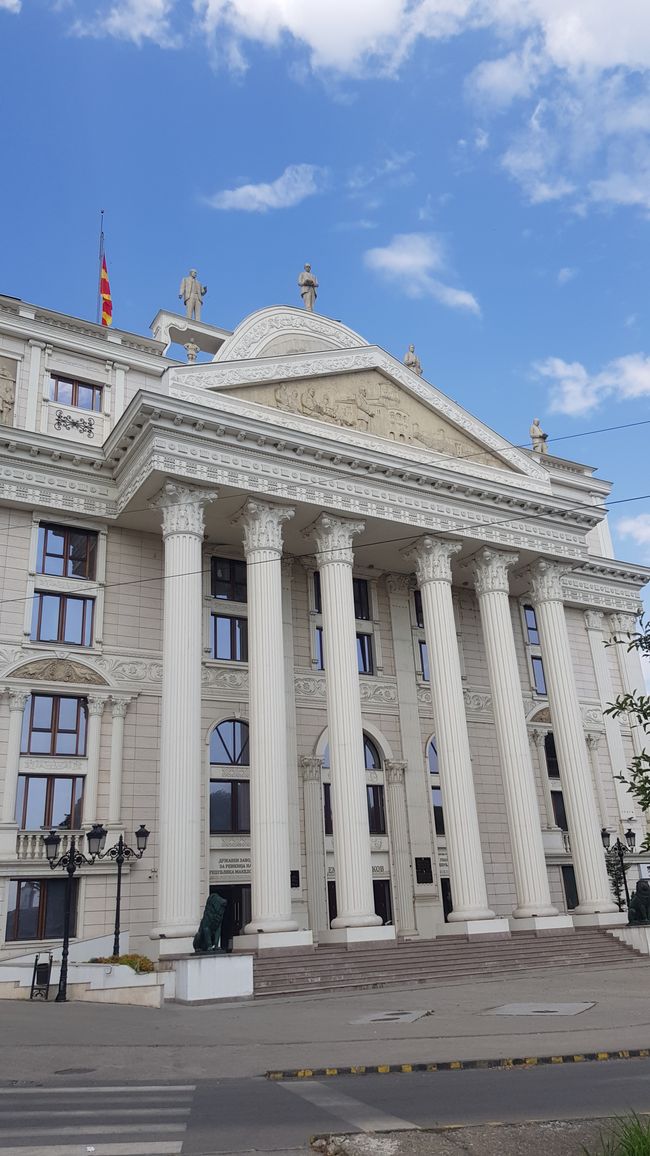
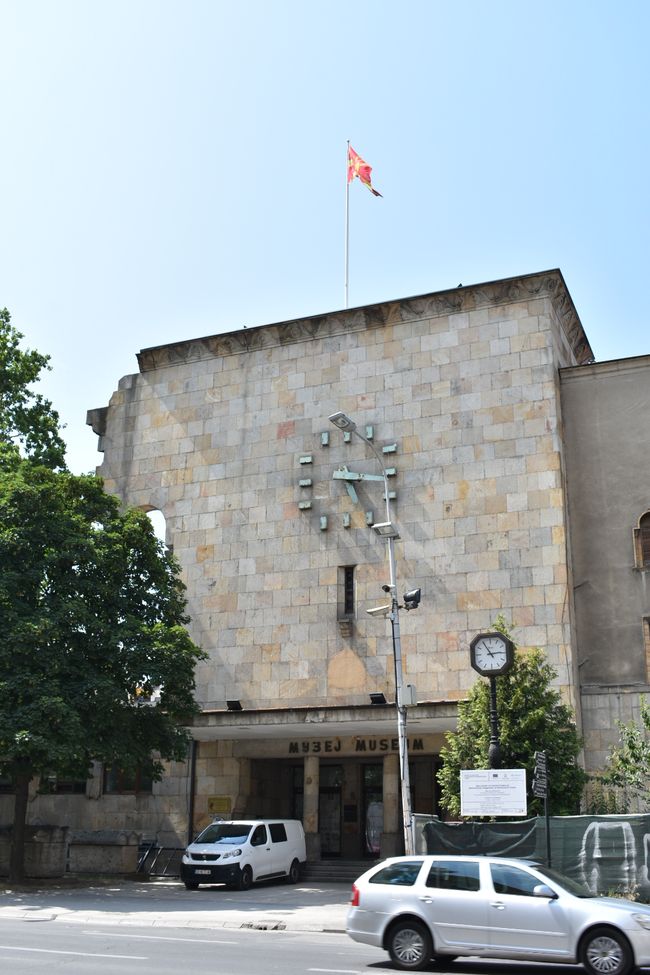
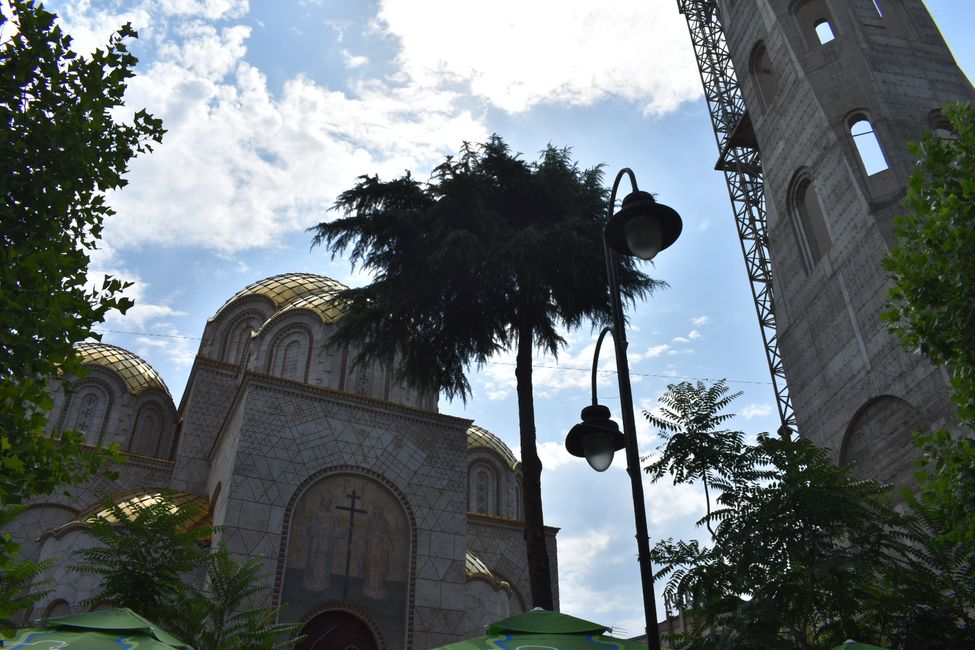
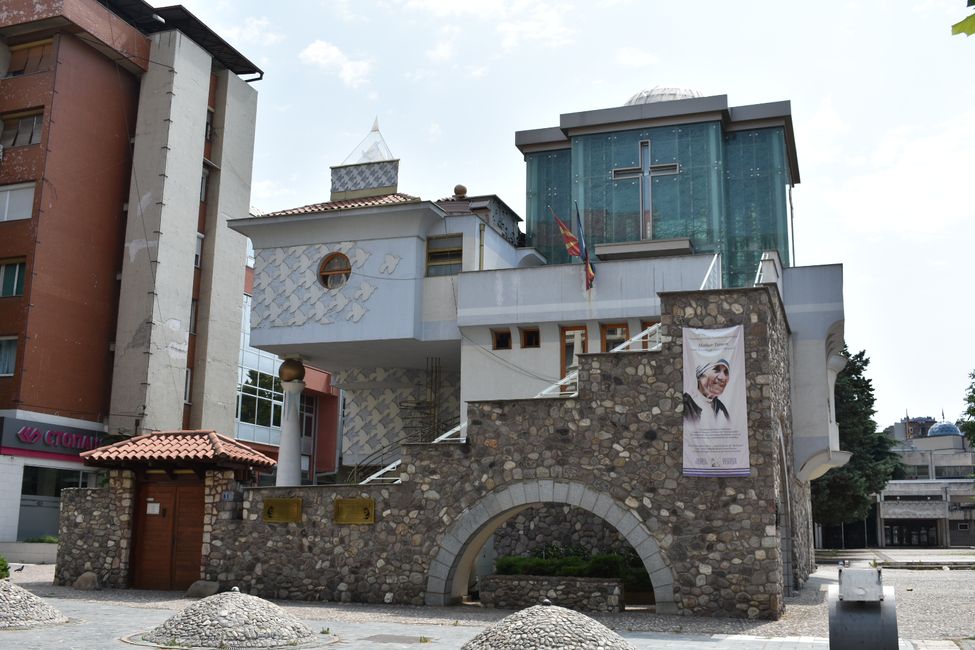
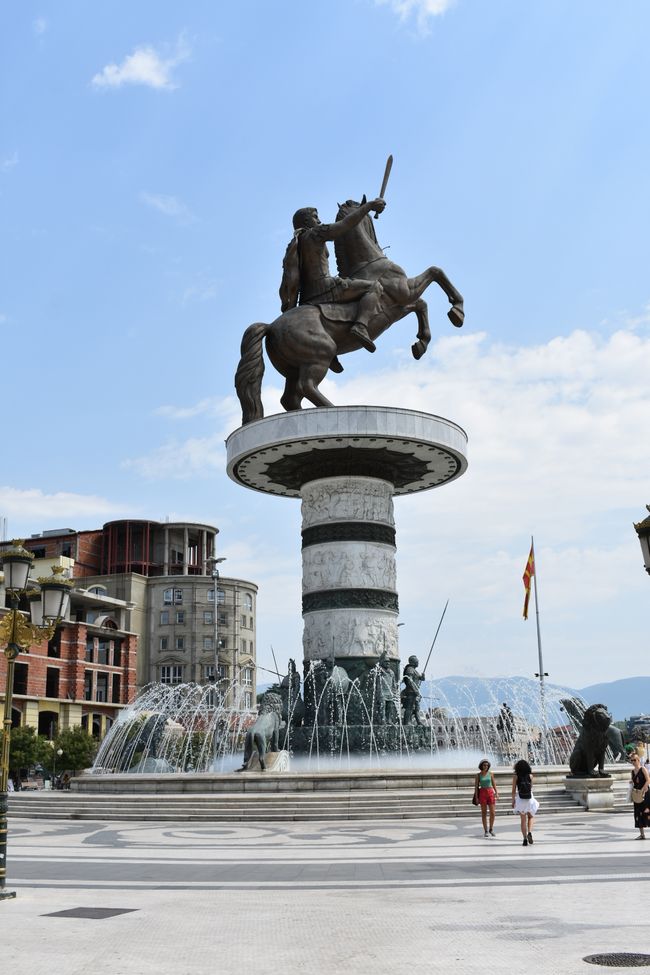
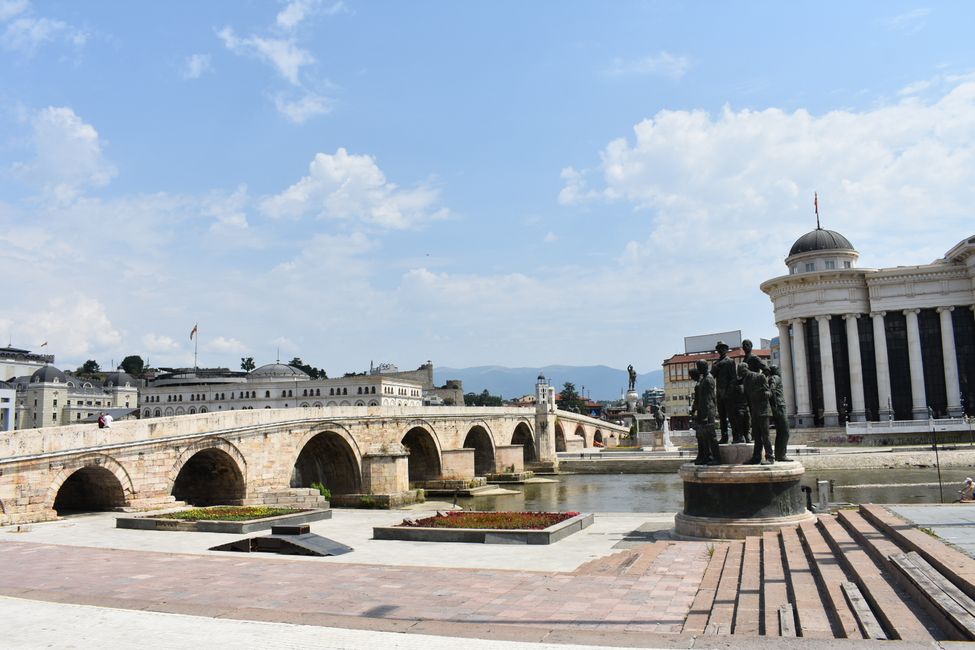
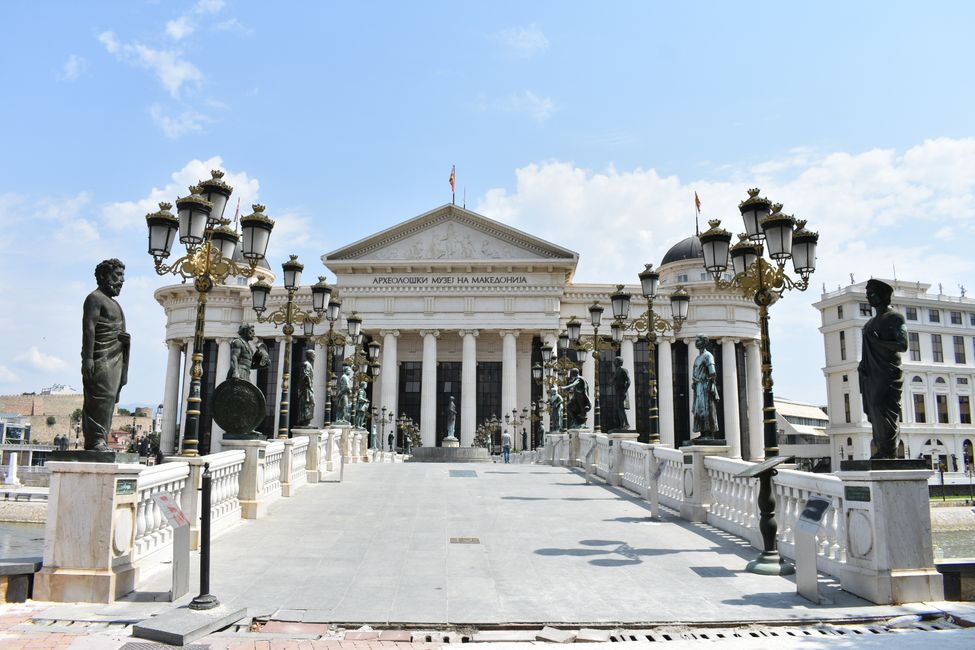
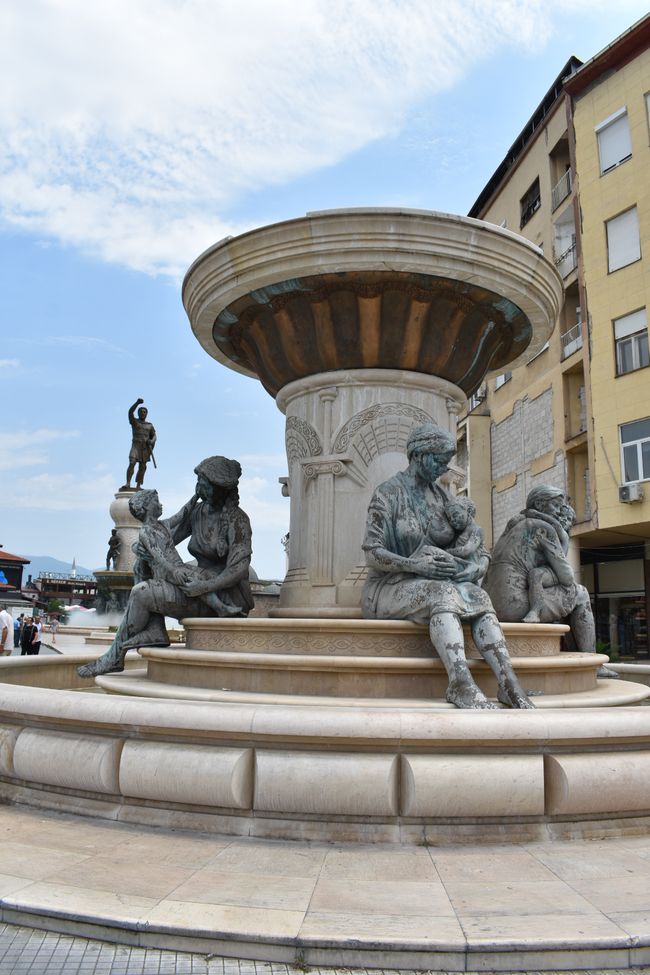
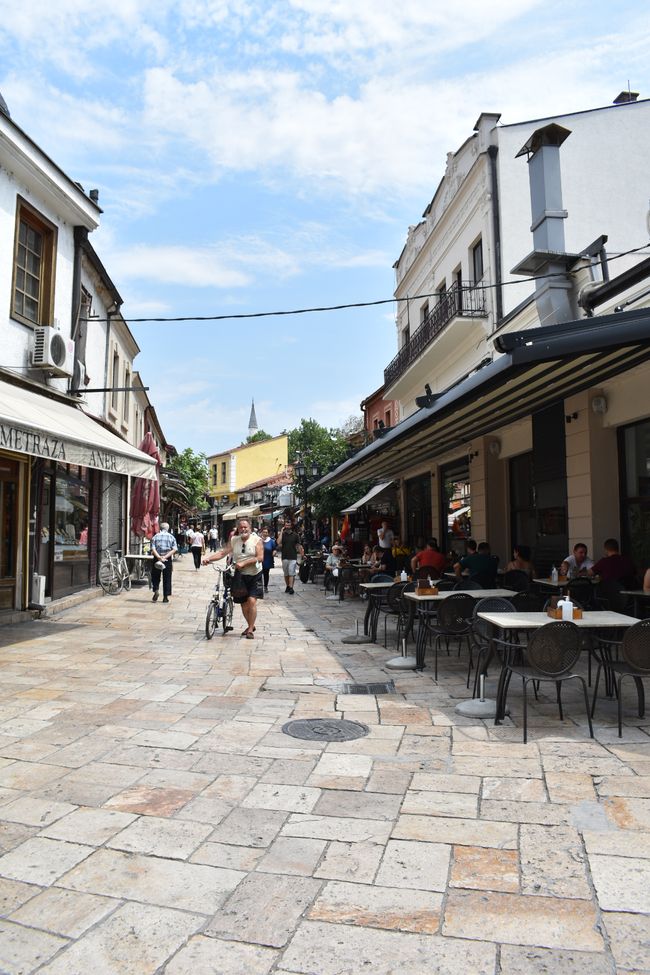
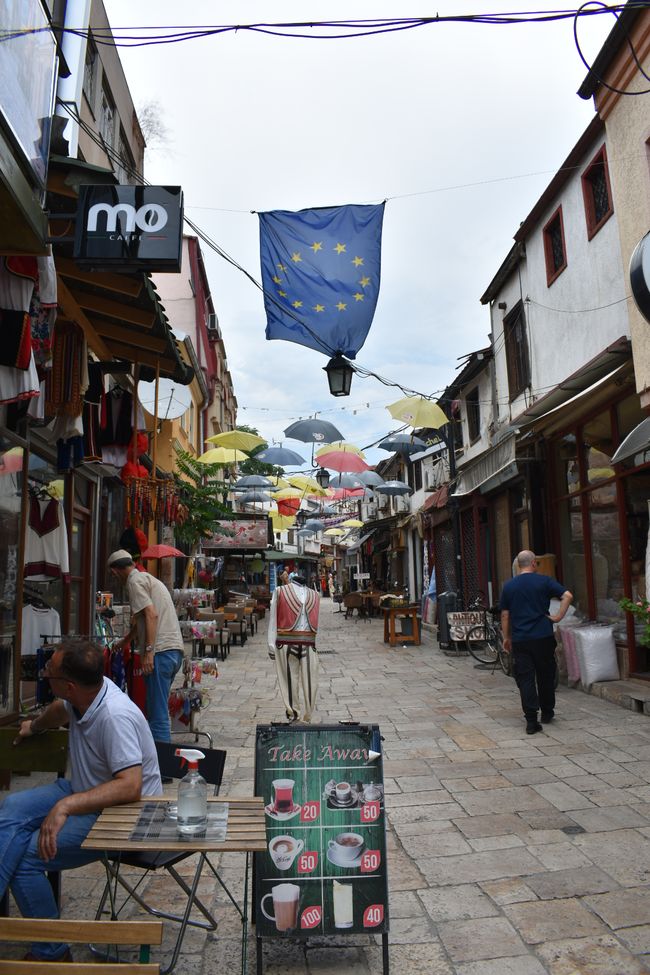
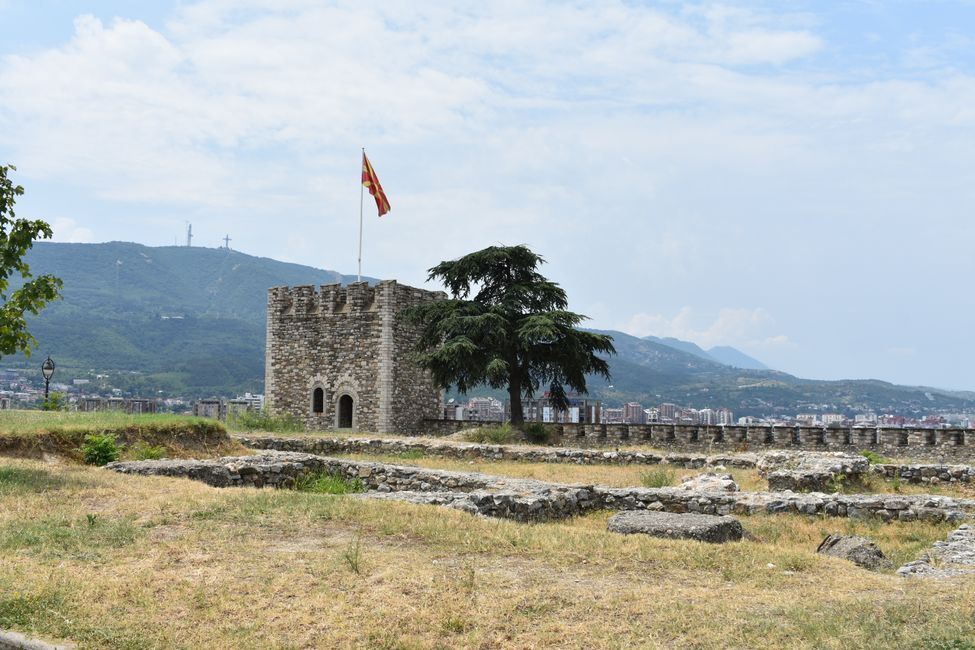
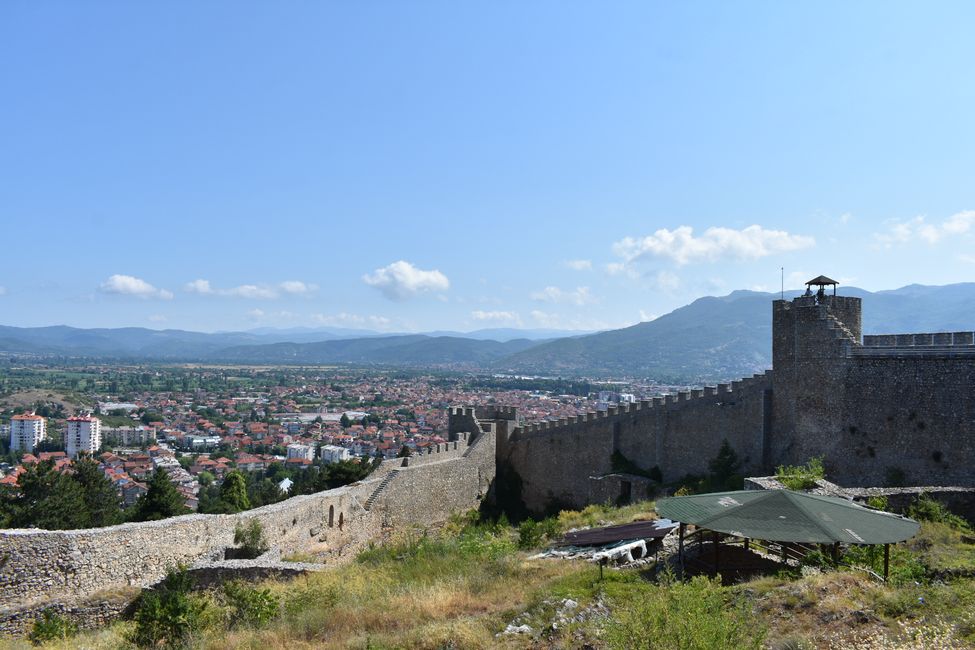
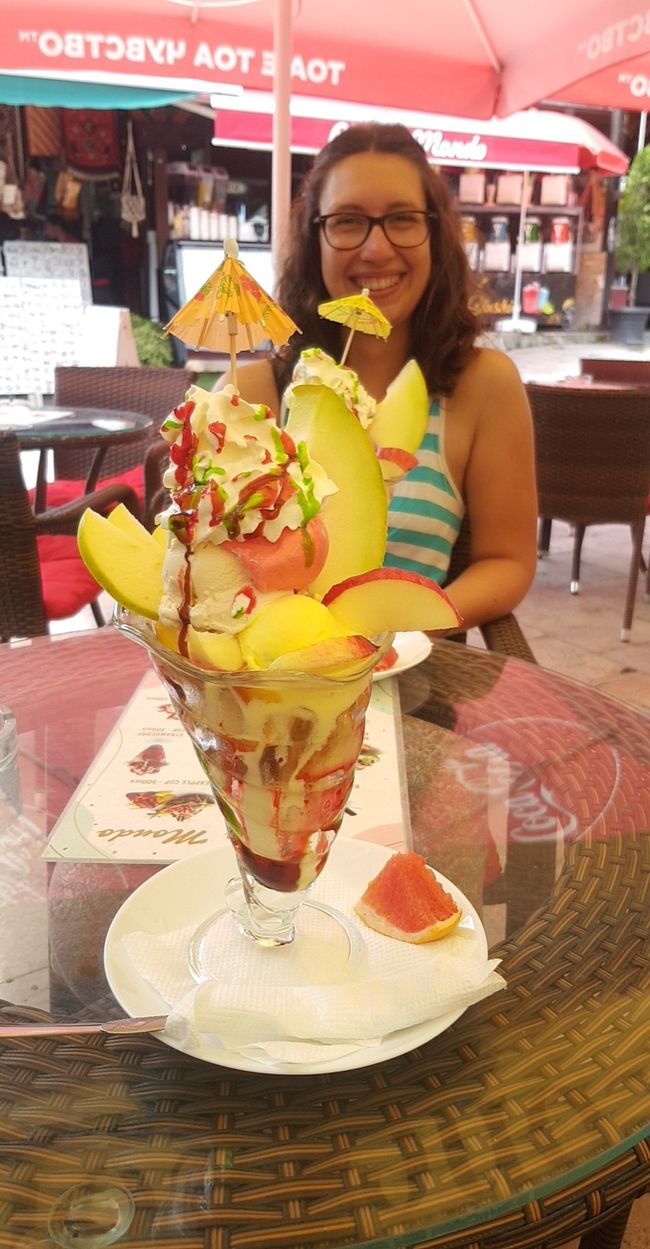
Tsarisa eka Xiphephana xa Mahungu
Arriving in Sofia, we still have a few hours until the bus to Skopje departs. 20 minutes before departure, we arrive at the office, from where a taxi is supposed to take us to the bus. 15 minutes after the scheduled departure time, the taxi arrives and takes us to the bus, which starts in the city center. The bus is incredibly crowded with people who are all going to Albania, we are the only ones who want to get off in Skopje. Some young people tell us that they have family in Albania and are now taking a vacation there after their university exams. They also rave about the coastline and mountain landscapes of Albania. They think it's a shame that we can't visit Albania... well, we also think it's a shame - but it's definitely on our list of next destinations! They are also very interested in us, our studies, and our journey. It is important for them to emphasize that Albania and the Balkans are not dangerous, as is often mistakenly believed. We can only agree. We have never felt uncomfortable in any way.
The Balkan countries are safe.
After a 6-hour drive, we are dropped off somewhere on the road 3km north of Skopje. After walking on foot to the bus station, we find a bus that takes us to the city center near our hostel.
North Macedonia has been independent since the dissolution of Yugoslavia in 1991. The state was actually founded as the Republic of Macedonia. Due to the naming dispute with Greece, the state was internationally referred to as 'Former Yugoslav Republic of Macedonia (FYROM)'. The agreement with Greece in 2019 led to the official name North Macedonia. In return, Greece agreed not to hinder the country's negotiations for EU and NATO membership. Since March 2020, North Macedonia is also a member of NATO. North Macedonia has one of the weakest economies in Europe and is in a political and economic transformation process. Of the approximately 2.1 million inhabitants, about 64% are Macedonians of Slavic origin. However, there are also smaller and larger ethnic minorities (especially Albanians). On the drive, we notice mountain ranges and hilly landscapes, which actually make up almost 80% of the country's land area.
In many blogs and on several websites, we have read that the nearby Matka Canyon near Skopje is supposed to be very beautiful. So let's go there right away! We make our way to the city bus station, where we hope to get more information about the bus connections. Sometimes it works. At least we know when the buses to Matka go - and we also think we know when it will return from there. We use the time until departure to inform ourselves about trains and buses to Greece. It seems once again not to be so easy. We will probably take the train to Gevgelija at the border and then see what happens. But first, we want to explore Skopje and its surroundings. The bus is already leaving anyway. After three-quarters of an hour, we arrive at the parking lot near the canyon. We already see a few bathing spots for later. We still have to walk uphill to reach the Matka Lake. The lake is fed by the Treska River and impresses us with its turquoise blue water and steep cliffs surrounding it. The lake was created in 1937 by the construction of a dam to use the Treska River for electricity generation for the city of Skopje. The area is also known for its many monasteries, but we prefer to go kayaking and take a shorter hike (honestly, we can't see any more monasteries XD). A double kayak only costs 500 Denars per hour (about 8€). After some initial difficulties, we paddle comfortably along the steep cliffs. Our goal is the Vrelo Cave, which is about 3km away - a cave that is partially underwater. You can visit the dry part, which has many stalactites and stalagmites. It is also home to many bats, which we see flying. When getting back into the canoe, we position ourselves in a way that a boat guide has to help us. Happily and in good spirits, we paddle back and admire the unique plant and animal life. The many colorful butterflies and dragonflies in particular fascinate us. Feeling a bit exhausted, we reach the starting point again - it's more exhausting than we thought.
At the roadside stands, we get some corn and fresh cherries to snack on directly by the lake. Then we can still hike to the viewpoints. The path is difficult to find, no one seems to have walked up here for a long time. Moreover, the ground is very loose and it is very easy to slip....maybe we should have brought our hiking boots. On the way, we get caught in thorny bushes several times (Babsi even manages to get her hair caught). After a few scratches, we finally reach the viewpoint, and it was definitely worth it! We have a great view of the lake, the surrounding rocky mountains, and the valley. On the way back, we walk slowly because the ground is very slippery. We still admire the dragonflies and make our way back to the bus. Veronika would actually like to go swimming, but the water is too cold. After all, it's a mountain river - but it's still quite busy. While waiting for the bus, we have a nice conversation with an older gentleman. According to the schedule, the bus should have been here long ago. Several people try to point out to us that the bus no longer goes all the way back here. Although we are skeptical, we decide to walk towards the bus. After about a kilometer, a car stops next to us and a couple asks if they should give us a ride to the bus stop. We are very grateful, especially when we realize that it would have been quite far. During the drive, we have a good conversation, and actually a bus arrives at the same time as us. Back in the city, we go shopping right away because we want to cook again - chili sin carne with lentils. Mmhhh. We also experience a funny search for plant-based yogurt - the saleswoman offers us plant-based milk and soy sauce...unfortunately no yogurt, but she really tried XD. The chili tastes really delicious and gives us enough strength to write about Istanbul.
On the next day, we decide to do another free walking tour to get to know Skopje better. Luckily, at the first meeting point (we had two potential tours to choose from), there is a guide waiting for us. He hopes that more people will join, but even with a 10-minute buffer, no one else shows up. So, a private tour just for the two of us. We start in the pedestrian zone and walk to the old train station, which is very dilapidated. The guide tells us that Skopje has already had 3 major earthquakes in its history, in 518, 1555, and 1963. The last one was by far the worst, with a magnitude of 6.1. Over 1070 people died, between 3000 and 4000 were injured, and 80% of the city was destroyed. The ruin of the train station is intended as a memorial to this, and has not been changed since the earthquake. Today, part of the building is used as a museum. We then walk back towards the city center and stop at the Mother Teresa Memorial House. Our guide proudly tells us that the famous Mother Teresa of Calcutta was born and raised in Skopje. Today, at the site of her former home parish, where she was baptized and spent most of her time, stands the memorial house. He points out the facades of the surrounding houses in the baroque style. But appearances can be deceiving...as part of a campaign, the borders were only glued on to enhance the cityscape. It's a funny city!
We continue walking to the main square of the pedestrian zone, where there is an impressive monument in the middle. The warrior on the horse represents Alexander the Great, who stands on a column in the middle of a fountain. The construction of the 8 million statue caused controversies, including from Greece (they argue about who owns which story). We walk a few steps further to the Vardar River, which is crossed by several bridges at short intervals. We stop in front of the Eye-Bridge and stare at the 24 statues lined up on the left and right. We can also see several statues on the roof of the building across the street, but we have no idea who they are, you can't really recognize them from a distance. The guide also expresses his astonishment at this phenomenon. Apparently, there was a time when a new statue was erected almost every day. He thinks it has something to do with a certain addiction or with corruption in the country, who knows. We can easily imagine the addiction when walking through the city, there are statues at every corner. A statue of a woman with a background story stands in the middle of the bridge. It testifies that Skopje was already inhabited over 6000 years ago. Next to the Stone Bridge, we see a statue of the national hero Goce Delcev, to whom the guide tells a cruel story that we don't want to repeat here. We continue our journey and enter the lanes of the Grand Bazaar. We walk through the small streets, and we really like it here because everything is very orderly but still has charm.
We take a break in a small restaurant and the guide treats us to some water and rakia - at 12 noon...none of us manages to drink the large shot, but it still goes to our heads. During the tour, we also keep getting vouchers for free drinks in bars and restaurants in the Grand Bazaar. After the break, we go up towards the Skopje Fortress. From there, we have a good panoramic view and can see the hill where the first city of Scupi was built. Our last stop is at a small Orthodox church (Ascension of Jesus) on the edge of the bazaar. In this church, you can find pictures depicting stories from the Bible for people who couldn't/can't read. The guide is very enthusiastic about it.
After the tour, we are quite exhausted and treat ourselves to an oversized ice cream sundae. Then we hurry to finish writing the Istanbul article and take a bus to Ohrid. It is not expensive at all, and we are already looking forward to the famous lake in the mountains. Let's go!
Tsarisa eka Xiphephana xa Mahungu
Nhlamulo
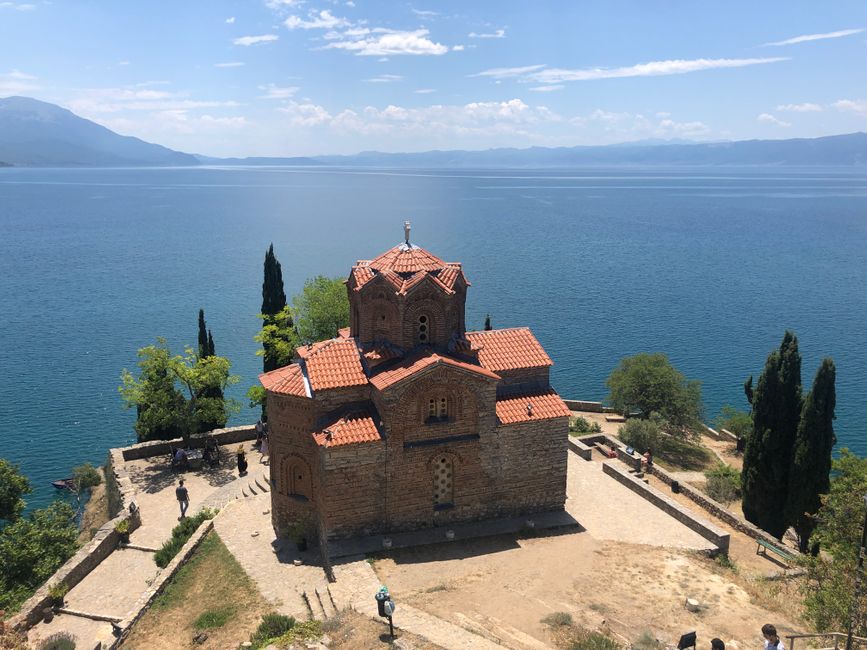
Swiviko swa maendzo Makedoniya
